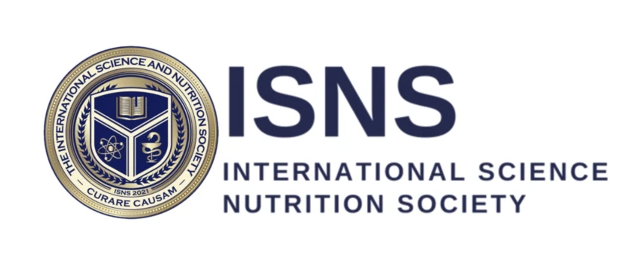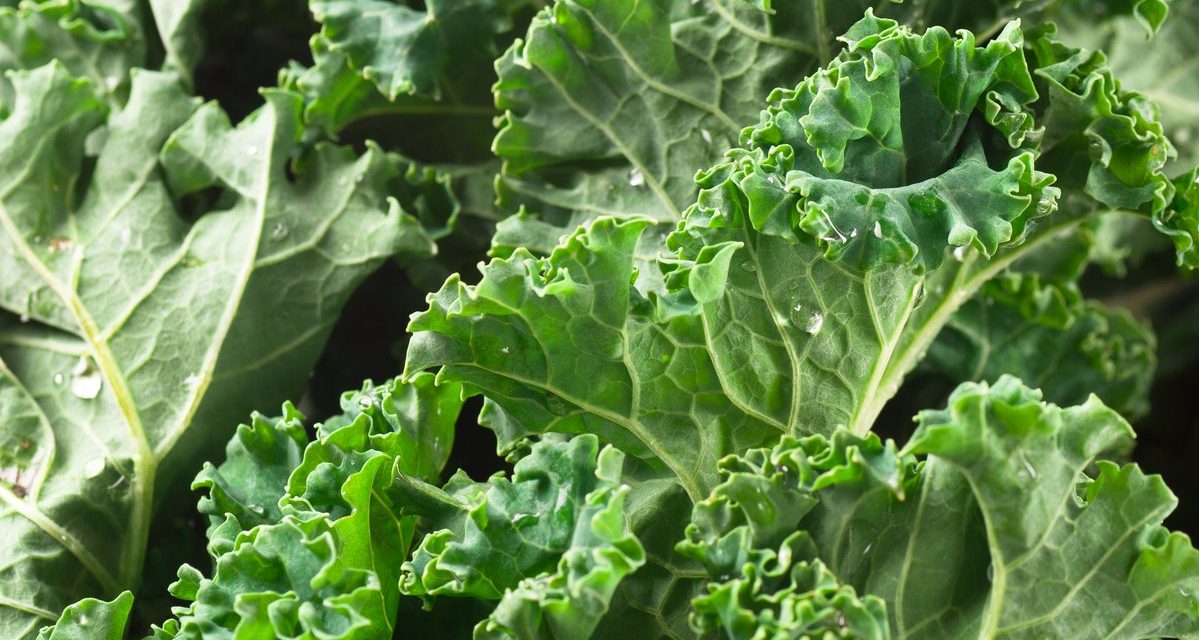Kale
Top Benefits
Kale is one of the healthiest and most nutritious plants available. Its popularity continues to rise as more and more people understand the beneficial compounds and medicinal properties of this great green. Here’s a breakdown of the top ten benefits:
1. One of the most nutrient dense foods on the planet
2. Loaded with antioxidants like Quercetin and Kaempferol
3. Helps lower cholesterol
4. Great source of vitamin C
5. Helps to fight cancer
6. Amazing source of vitamin K
7. High in beta-carotene
8. Source of minerals many people don’t get enough of
9. Protects against eye disorders
10. Acts as a weight loss friendly food
Overview
Kale is a popular leafy green, cruciferous vegetable and member of the cabbage family. It’s related to broccoli, cauliflower, savoy, brussel sprouts and kohlrabi, but most closely resembles collard greens.
There are five main groups of kale, distinguished by the shape of their leaves. They are: plain leaf, rape kale, leaf and spear, curly leaf, and bumpy leaf. The most common type of kale is called curly kale or Scots kale, which has green, curly leaves and a hard, fibrous stem.
Kale has been used in cooking traditions dating all the way back to the ancient Greeks. Because it can grow and thrive in harsh conditions, it has become a staple food for many different cultures. It is often the last vegetable to be harvested right before a long, cold winter. Kale has a variety of different ways of growing. It can appear in tight, compact plants almost like a cabbage, or grow to be over 6 feet tall with large, long leaves.
One of the many benefits of kale is that it is loaded with vitamins, minerals, nutrients and antioxidants. Dr. Christina Rahm Cook states the following in regard to this great green. “Kale is an excellent vegetable sources for vitamin-K with 100g of Kale providing about 312% of the recommended intake. It also has a potential role in bone health through promoting osteoblastic (bone formation and strengthening) activity. Furthermore, adequate vitamin-K levels in the diet help limit neuronal damage in the brain; thus, having a foundational role in the treatment of patients who have Alzheimer’s disease and other neurological pathology.”
Nutritional Facts
A single cup of raw kale contains:
Vitamin K: 684% of the DV
Vitamin A: 206% of the DV (from beta-carotene)
Vitamin C: 134% of the DV
Manganese: 26% of the DV
Copper: 10% of the DV
Vitamin B6: 9% of the DV
Calcium: 9% of the DV
Potassium: 9% of the DV
Magnesium: 6% of the DV
It also contains 3% or more of the DV for vitamin B1 (thiamin), vitamin B2 (riboflavin), vitamin B3 (niacin), iron and phosphorus
When you bring kale into your diet, you are getting more than 1100% of the daily recommendation of vitamin K. There’s also significant amounts of Vitamin A and C as well as copper and manganese. Kale contains a powerhouse of antioxidants like lutein, zeaxanthin, kaempferol and quercetin.
Wellness
Hair Care
The vitamins and minerals found in Kale, specifically vitamin C, A and iron, are great at strengthening hair and helping it to grow. Vitamin C is a key part of collagen, while vitamin A is needed for hair production. Iron aids in helping to prevent hair loss from happening in the first place.
Skin Care
The flavonoids lutein and zeaxanthin found in kale have shown to be important to skin health. Cartenoids neutralize free radicals and lower oxidative stress — all which help reduce the appearance of wrinkles, age spots, blemishes and scars. They can also help increase the elasticity of your skin, thereby making you look younger.
Weight Loss
There are several qualities that make kale a weight loss friendly food. It is low in calories (only 40 in a cup) but its bulk helps you feel full. Kale also gives you a great boost of antioxidants and nutrients without compromising calorie counting.
Kale is loaded with two of the most important nutrients that help you lose weight — protein and fiber. It can also help boost your metabolism and speed up the fat burning process, helping you lose even more weight.
Lastly, because kale is low in calories and high in water, it has a low energy density. Numerous studies have shown that eating food with a low energy density aids in weight loss.
Vision
Kale is high in lutein and zeaxanthin, two powerful carotenoid antioxidants. They act as an ideal booster for vision. Several different studies have shown that people who eat enough lutein and zeaxanthin have a considerably lower risk of both macular degeneration and cataracts — two of the most prevalent eye disorders.
Digestion
Kale is high in dietary fiber and contains 10% of the daily requirement in just one cup. If you are constipated, adding kale to your diet could significantly help. Fiber helps to bulk up stool and stimulate peristaltic motion in the gut, which can reduce bloating, cramping, constipation and diarrhea.
Conditions
Blood Pressure
There is a lot of potassium found in kale, which makes it really good at helping to lower blood pressure. Potassium has the ability to lower the tension in both arteries and blood vessels, which helps to reduce overall blood pressure. It also reduces the risk of stroke and heart attack.
Cancer
Some studies show that the active ingredients in kale can help to lower the risk of cancer. When you consume glucosinolates, the body converts them to anti-cancer compounds in the form of antioxidants. They seek out free radicals and prevent cell mutation, which can lead to cancer.
The sulforaphane found in kale has been shown to help fight the formation of cancer at the molecular level. Studies have shown that kale may significantly lower the risk of several types of cancers, although the evidence in human studies is mixed.
Kale contains chlorophyll which can help prevent the body from absorbing heterocyclic amines. These are the cancer causing chemicals that are produced when you grill meat at a high temperature. Although the human body can’t really absorb much chlorophyll, what it can absorb binds to these carcinogens and prevents the body from absorbing them.
Heart Disease
The fiber, potassium, vitamin C, and vitamin B6 found in kale all work together to support heart health.
Increasing your potassium while decreasing your sodium intake is recommended to reduce the risk of cardiovascular disease (CVD). A high potassium intake is also associated with a reduced risk of stroke, as well as protection against loss of muscle mass and preserving bone density.
It is recommended to take 4,700 mg of potassium a day. But according to the National Health and Nutrition Examination Survey, fewer than 2% of adults in the United Sates meet than requirement. By eating just one cup of chopped fresh kale, your body receives 79 mg of potassium. But if you were to cook that same cup of kale, the potassium intake jumps up to 296 mg. Studies have shown that a higher intake of potassium may cause a 20 percent lower risk of dying from heart health issues.
Bone Health
Because kale contains more than 10 times the daily recommended amount of vitamin K, as well as a range of minerals that are critical to keeping bones healthy, it is a great choice if you need to boost bone mineral density. Studies tell us that being deficient in vitamin K makes you more susceptible to breaking bones and to developing osteoporosis.
Diabetes
One of the many great qualities of kale is that it can make disease management easier for diabetic patients. Kale contains the antioxidant alpha-lipoic acid which has been linked to improved insulin sensitivity as well as lower levels of blood sugar and the prevention of oxidative stress-induced changes in people with diabetes. It may also help to decrease neuropathy and autonomic neuropathy.
Kale contains a high amount of fiber, which may lower blood glucose levels for people with Type 1 Diabetes. If you have Type 2 Diabetes, you may see improved lipids, insulin levels and blood sugar.
Inflammation
Kale has an anti-inflammatory nature because it contains high levels of omega-3 fatty acids, as well as Vitamin K. Vitamin K helps regulate the body’s response to inflammation, while the omega-3s lower the levels of chronic inflammation in the cardiovascular system and gut.
Thoroughly studied in test tubes and in animals, there are two flavonoids found in large quantities in kale called quercetin and kaempferol. They are also known to have anti-inflammatory properties.
Usage
Side Effects
Although there are a plethora of benefits associated with kale, there are some potential side effects that should be mentioned.
- Thallium Levels Kale has the unique ability to absorb a trace toxic metal in the soil called thallium. If you have too much thallium in your body, it can cause chronic fatigue, irregular heartbeat, gluten sensitivity and skin problems. However, you would need to eat a large amount of kale for this metal to cause problems. Eaten in moderation, kale is generally safe.
- Hyperkalemia Eating a large amount of kale can also result in an excessive amount of potassium in the body. The condition, known as Hyperkalemia, can cause chest pain, muscle weakness and diarrhea. However this is not common, as most people are actually deficient in daily potassium intake.
- Stomach Problems Kale is rich in fiber. Some people may experience gastrointestinal distress if they eat excessive amounts of kale. It may cause bloating, flatulence and diarrhea.
- Blood Clotting There is a large amount of vitamin K, which is integral for blood clotting, in kale. If you are at risk for heart attack, stroke or atherosclerosis this should probably not be your vegetable of choice.
Interactions
If you are taking beta-blockers, a medication sometimes prescribed for heart disease, cooked kale should only be consumed in moderation. Beta-blockers increase potassium levels in the blood and kale is a high potassium food.
Kale can also interfere with blood thinners such as Warfarin or Coumadin. Patients taking either of these medications should consult their doctor on what foods to eat.
Lastly, if you are taking an anticoagulant medication, eating kale could interfere with its efficacy.
Dosing
The right dose of kale depends on many factors, including health, age and other conditions. At this time there is not enough scientific information to determine a range of doses. However, we do know that eating kale in excessive amounts can lead to complications. Consult your physician to determine what dose is right for you.
Research
General Information and Nutritional Facts
Hair and Skin Care
Weight Loss
Vision
Digestion
Blood Pressure
Cancer
http://www.eurekaselect.com/122312/article
Heart Disease
Bone Health
Diabetes
Inflammation
Side Effects and Interactions

